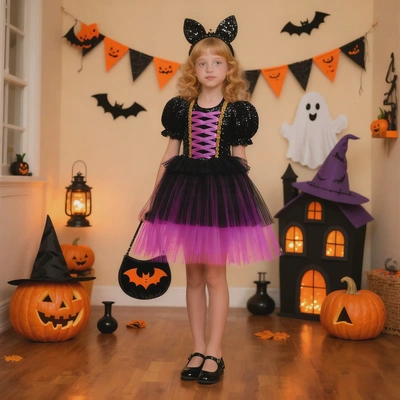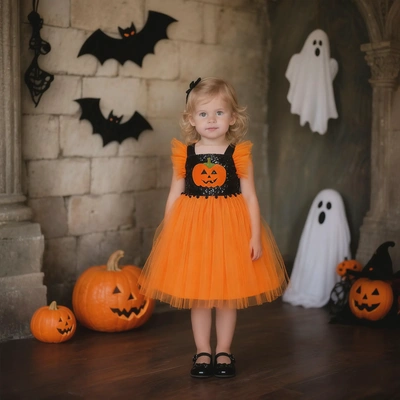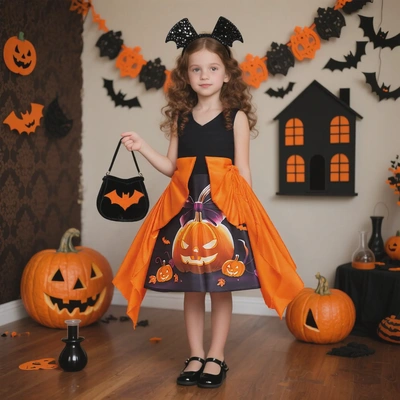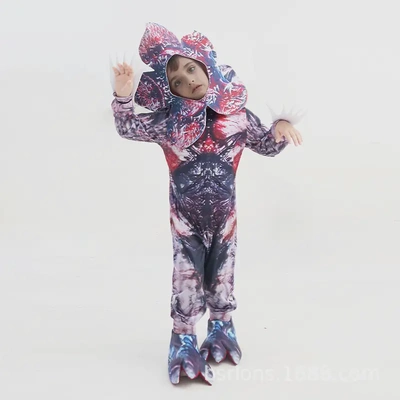What is the Significance of Details in Witch Costumes for European Shoppers?
The Significance of Details in Witch Costumes for European Shoppers
Introduction
Witch costumes have long been a staple in European cultural celebrations, especially during events like Halloween, Carnival, and certain traditional festivals. For European shoppers, the details in these costumes are not merely decorative but carry significant meaning, influencing their choice, cultural connection, and overall experience.
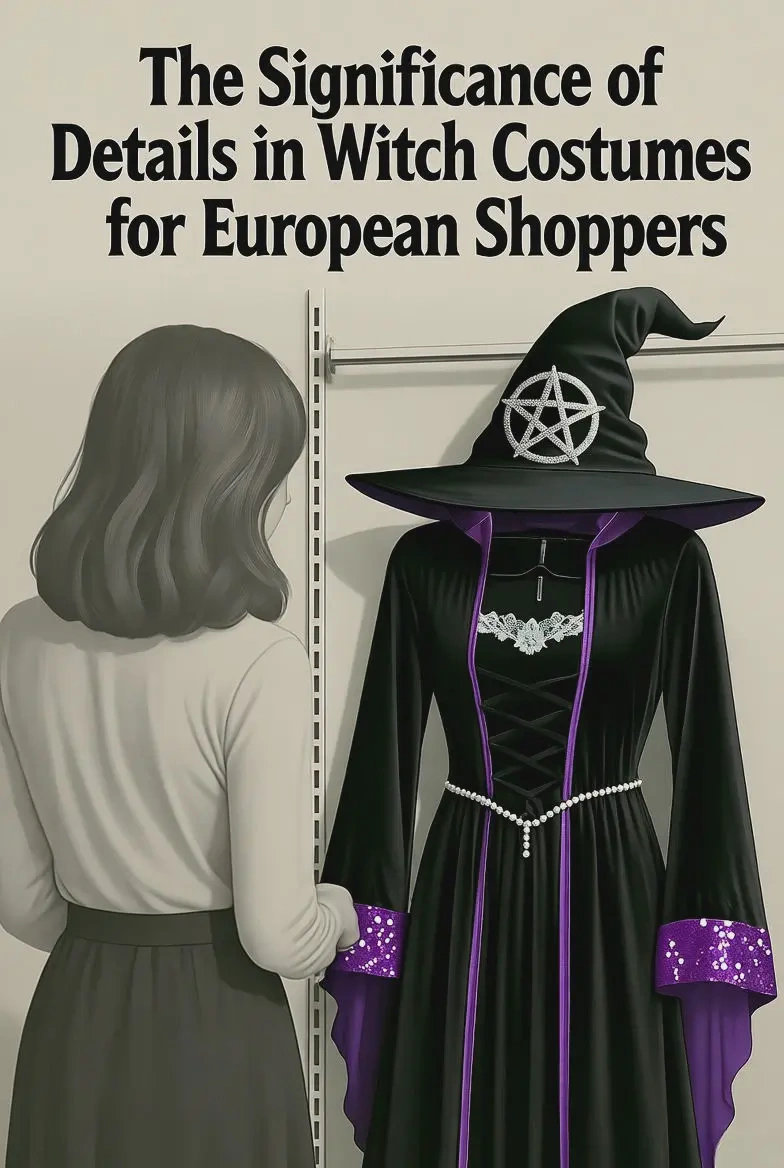
1. Cultural and Historical References
1.1 Ties to European Folklore
- Symbolism of Colors: In European folklore, colors in witch costumes hold deep significance. Black, for example, is often associated with mystery, the unknown, and the connection to the underworld. Shoppers may choose a black - based witch costume to evoke this sense of mystery, as it has been ingrained in European cultural narratives for centuries. Purple, on the other hand, can symbolize royalty and magic, making it a popular choice for those aiming to represent a more powerful or high-ranking witch.
- Traditional Garments: Details such as long, flowing robes and pointed hats are direct references to traditional European witch imagery. The pointed hat, in particular, has been a long-standing symbol of witches in European folklore. It is believed to have originated from the idea of witches using the hat to channel magical energy. European shoppers may look for these details to stay true to the traditional representation of witches in their cultural heritage.
1.2 Historical Context
- Medieval and Renaissance Influences: Witch costumes often draw inspiration from medieval and Renaissance fashion. The use of lace, corsets, and long, trailing skirts in some witch costumes harkens back to the clothing styles of these eras. For European shoppers interested in history, these details can add an element of authenticity to their costumes. They may appreciate the craftsmanship and historical accuracy of a costume that mimics the clothing worn by women during these periods, even if it has a witch-themed twist.
2. Expressing Individuality
2.1 Customization Options
- Personalized Embellishments: Details in which costumes allow European shoppers to express their individuality. They can add their own personalized embellishments, such as hand-sewn patches, embroidered symbols, or unique jewelry. For example, a shopper might add an embroidered pentagram, a symbol with various meanings in European occult traditions, to make their costume stand out. These personalized details not only make the costume unique but also allow the wearer to connect with their own interpretation of the witch character.
- Mix - and - Match Elements: Many witch costumes come with mix - and - match elements, such as detachable capes, different styles of belts, or interchangeable collars. European shoppers can use these options to create a look that suits their personal style. They might pair a modern, sleek cape with a more traditional, ruffled bodice to blend contemporary fashion with classic witch imagery.
2.2 Reflecting Personal Beliefs
- Spiritual and Occult Interests: For some European shoppers, the details in a witch costume can reflect their personal spiritual or occult interests. A costume with detailed symbols from Wiccan or other pagan traditions may be chosen by those who practice or are interested in these beliefs. These details can serve as a form of self-expression, allowing them to showcase their connection to these spiritual paths during costume-wearing events.
3. Enhancing the Theatrical Experience
3.1 Visual Impact
- Attention - Grabbing Details: Elaborate on details in which costumes, such as sequins, beads, and glitter, can enhance the visual impact. In a crowded event like a Carnival or a Halloween party, these details help the wearer stand out. For example, a witch costume with sequined cuffs and a beaded bodice will catch the light and draw attention. European shoppers may choose costumes with these eye-catching details to make a statement and be the center of attention.
- Creating a Narrative: Details can also be used to create a narrative within the costume. For instance, a tattered hem on a witch's robe can suggest a long-journeying, weather-beaten witch. Or, a brooch in the shape of a raven, a bird often associated with witches in European folklore, can add to the storytelling aspect of the costume, making it more engaging for both the wearer and the onlookers.
3.2 Interaction and Engagement
- Conversation Starters: The details in a witch costume can act as conversation starters. When European shoppers wear a costume with unique or meaningful details, it can prompt discussions with others. For example, a costume with a Celtic knot design on the sleeves may spark conversations about Celtic mythology and its connection to witchcraft. This interaction and engagement add to the overall experience of wearing a witch costume at events.
4. FAQ
Q: How do European shoppers decide which details are important for their witch costumes?
A: European shoppers consider their cultural background, personal interests, and the occasion when choosing details for their witch costumes. Those with a strong connection to their local folklore may prioritize traditional symbols and colors. Shoppers interested in fashion or self-expression may focus on unique, customizable details. The event they're attending also plays a role; for a more formal or historical re-enactment event, they may opt for historically accurate details, while for a fun, modern party, they might choose more flashy and contemporary details.
Q: Can the details in a witch costume have different meanings in different European countries?
A: Yes, the meaning of details in witch costumes can vary across European countries. For example, in some Scandinavian countries, the use of certain runes on a witch costume may hold specific significance related to Norse mythology. In Italy, the color red may be more strongly associated with witchcraft in some regional folklores compared to other parts of Europe. These differences are due to the diverse cultural and historical backgrounds of European countries.
5. Conclusion
Details of which costumes hold great significance for European shoppers. They serve as a link to cultural and historical roots, a means of self-expression, and a way to enhance the theatrical experience. By paying attention to these details, European shoppers can find or create a witch costume that not only looks great but also holds personal and cultural meaning.

